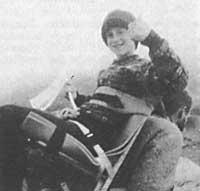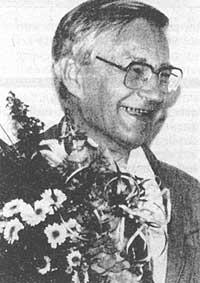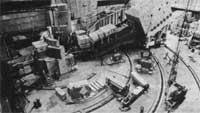Nobel laureates
1993/12/01 Elhuyar Zientzia Iturria: Elhuyar aldizkaria
- Kary Mullis
- Michael Smith
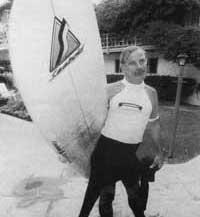
The works of two researchers awarded this year's Nobel Prize in Chemistry have no relation, but they have a common point: their research is now basic tools for genetic engineering.
Mullis's work paved the way to identify the smallest remnants of genetic material. The technique developed by Mullis allows to identify this DNA chain by repeating a small amount of DNA, repeating millions of times, in a few hours and in a soiodi. (See on this topic "By sexual tests" Elhuyar Zientzia eta Teknika 61/62 double number, which explains and records "Gene multiplier"). This technique is called PCR (Polymerase Chain Reaction) or "Polymerase Chain Reaction".
This technique is the one that, analyzing the DNA of Egyptian mummies, has revealed some interesting data to us or is used in the tests that the police perform in Britain with cells of suspicious people. But above all, it is a technique of prenatal diagnosis and diagnosis of genetic diseases. Using the PCR technique, it is enough to obtain the DNA of several cells and see if the sequence appears or not by multiplying the sequence to be identified.
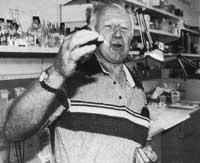
The second winner is Michael Smith, inventor of the technique known as "mutagenesia in a specific area". This is a 1978 technique that allows researchers to generate alterations in genes and proteins in the same specific location where they are interested. Previously it was possible to produce mutations in the genetic code using chemicals and irradiations. But the mutations obtained by these pathways were random, that is, the process could not be controlled accurately. On the contrary, mutagenesis in a given space allows the researcher to completely control the place where the mutation will occur. Proteins with other capacities are being generated in different fields of application.
- Joseph Taylor
- Related information
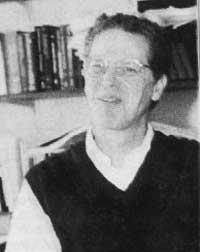
These two American physicists have received this year the Nobel Prize in Physics for their astronomical discovery in 1974. That same year the first double bracelet called PSR1913+16 was found, both working at the University of Massachusetts in Anherst. Today both work at Princeton University, but as Taylor continues to study networks, Hulse abandons astronomy and engages in plasma physics.
They are high density stars that rotate at high speed. While rotating they emit beams of radio frequency waves such as headlights or headlights. When the double system appears, the pulse network has another member in a nearby orbit and what is perceived is not visible by its effect on the network.
They began working in 1969, conducting a systematic search for pulsars. There were 40 new pulsations, but the most interesting was the so-called PSR1913+16, which was later described by a double system. They saw that the distances between the radio pulses it emitted changed regularly.
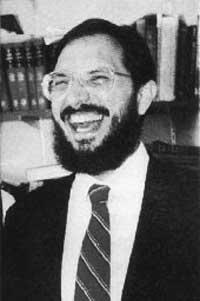
In general, the pulse net completes the lap every 0.05903 seconds. However, the distance between pulses is variable because the network is in orbit around another body. When the pulnet moves in its orbit toward us, the pulses approach each other. Instead, when moving, pulses move away from each other. Hulse and Taylor calculated that the orbit around another star was performed every 8 hours.
The dynamics of the system indicate that both bodies are neutron stars with a diameter of 10 km and are 1.4 times denser than the Sun.
General Relativity predicts that accelerated objects in a strong gravity field will transmit gravitational radiation. The double bracelet, therefore, should emit waves and thus lose energy. In case of energy loss, the distance between two stars should be decreasing. Taylor has found that the orbit period is shrinking over four years as proof of gravitational radiation.
- Richard J. Roberts
- Philip A. Sharp
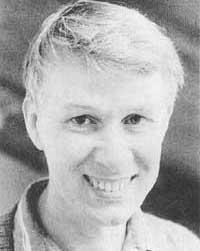
This 93 Nobel Prize is the result of a discovery of the structure of genes. Richard J. Roberts has been operating in the United States since 1969. He went to work at the Gold Spring Harbor Labs in New York and is currently Director of Massachusetts Biolab. Phillip Sharp is the head of the Biology Department at the U.S.-born Massachusetts Institute of Technology.
The award-winning discovery is from the 1970s: In the meetings held in June 1977 at the Cold Spring Harbor both made known the finding simultaneously and separately. Until then it was considered that genes were continuous sequences of DNA that made of "mold" with the so-called messenger RNA. This repeats the same genetic information as the original gene and this is the one that reacts to "mold" in protein synthesis.
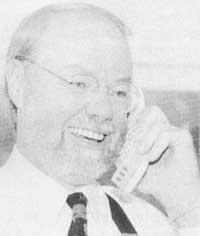
These conclusions are accurate and appropriate when the object of study is relatively simple: the most common until then was Escherichia coli, which was used in laboratory work. The procedure is not so simple in the case of eukaryotic cells, that is, in cells of more complex organisms than bacteria. In them the DNA chain corresponding to a gene is very long, but not all "parts" have the same value. The DNA chain is then divided into parts called Exon and intron. Exon units are units that have the encoding function in the gene and introns that connect the exones but do not have the encoding function. The true messenger emerges liberating intras and uniting intras.
He immediately accepted the discovery and was key to other research and discoveries. Many said it was in sight later, but the contribution of these research groups, which was actually teamwork in the case of the two winners, made separately, in their group, was really perceived.

Gai honi buruzko eduki gehiago
Elhuyarrek garatutako teknologia




